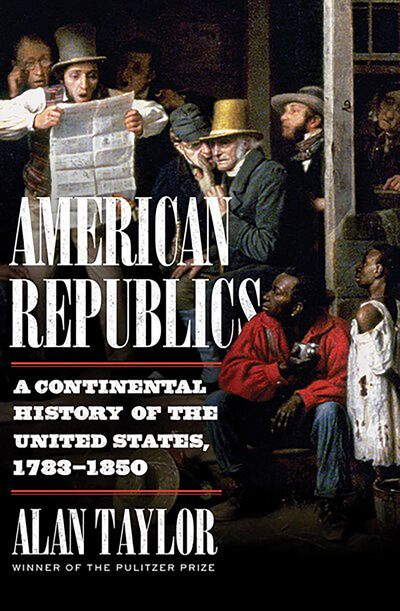Franklin Delano Roosevelt described Joseph Patrick Kennedy as “a very dangerous man.” Kennedy became wealthy on Wall Street and in the movie industry and had political ambitions to be secretary of the treasury and then the first Roman Catholic president (a title that eventually went to his son John F. Kennedy). He became a prominent financial backer of FDR’s first two presidential campaigns and successfully served in two key governmental positions during FDR’s administration. Then he campaigned to be ambassador to Great Britain. Despite serious reservations, FDR agreed to the appointment for his own political reasons. The result was a major diplomatic disaster.
Using many newly available sources, Susan Ronald brings this pivotal point in history vividly to life in her meticulously researched The Ambassador: Joseph P. Kennedy at the Court of St. James’s, 1938–1940. As ambassador, Kennedy was primarily concerned with avoiding war. He grew close to Prime Minister Neville Chamberlain and became a fervent supporter of Chamberlain’s appeasement approach to dealing with Hitler. In a conversation with King George VI, Kennedy expressed his opinion that, if it came to war, “Britain will be thrashed and there will be nothing left of civilization to save after the war.” Kennedy was strongly anti-communist but failed to appreciate that fascism was not a better alternative.
The ambassador often differed with FDR on policy, so they maneuvered around each other for the most part. Despite the fact that Kennedy’s views often differed with his government’s, Ronald explains that Kennedy liked to give the impression that he was a policymaker and not just carrying out instructions. By tracing the opinions Kennedy expressed, Ronald outlines the likelihood that he was antisemitic and a fascist sympathizer. “He was bedazzled by the Vatican, which sympathized with Franco and Mussolini for religious and venal reasons,” she writes, “and sought to placate Hitler before he turned on Catholics once the Jews had been exterminated.” She adds that Kennedy was antisemitic “through his own ignorance and prejudices” and “placed prosperity above human life and liberty, above democracies being crushed.”
Although Kennedy failed as an ambassador and never again served in any public office, his wife and their large, attractive family made a positive impression on the American public. Three of his sons, with quite different political views from their father, were elected to high political offices. As John F. Kennedy said years later, “He made it all possible.”


















